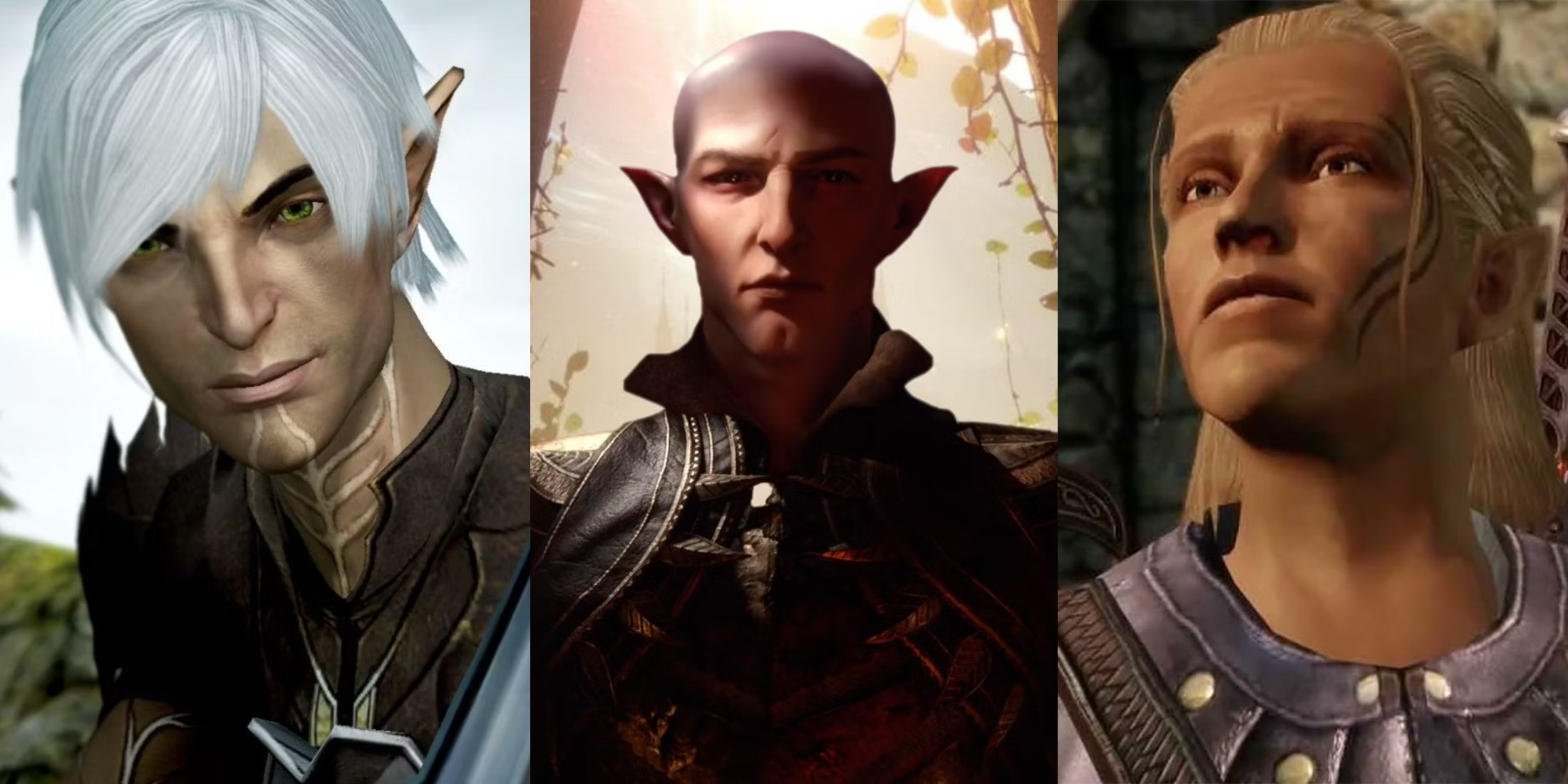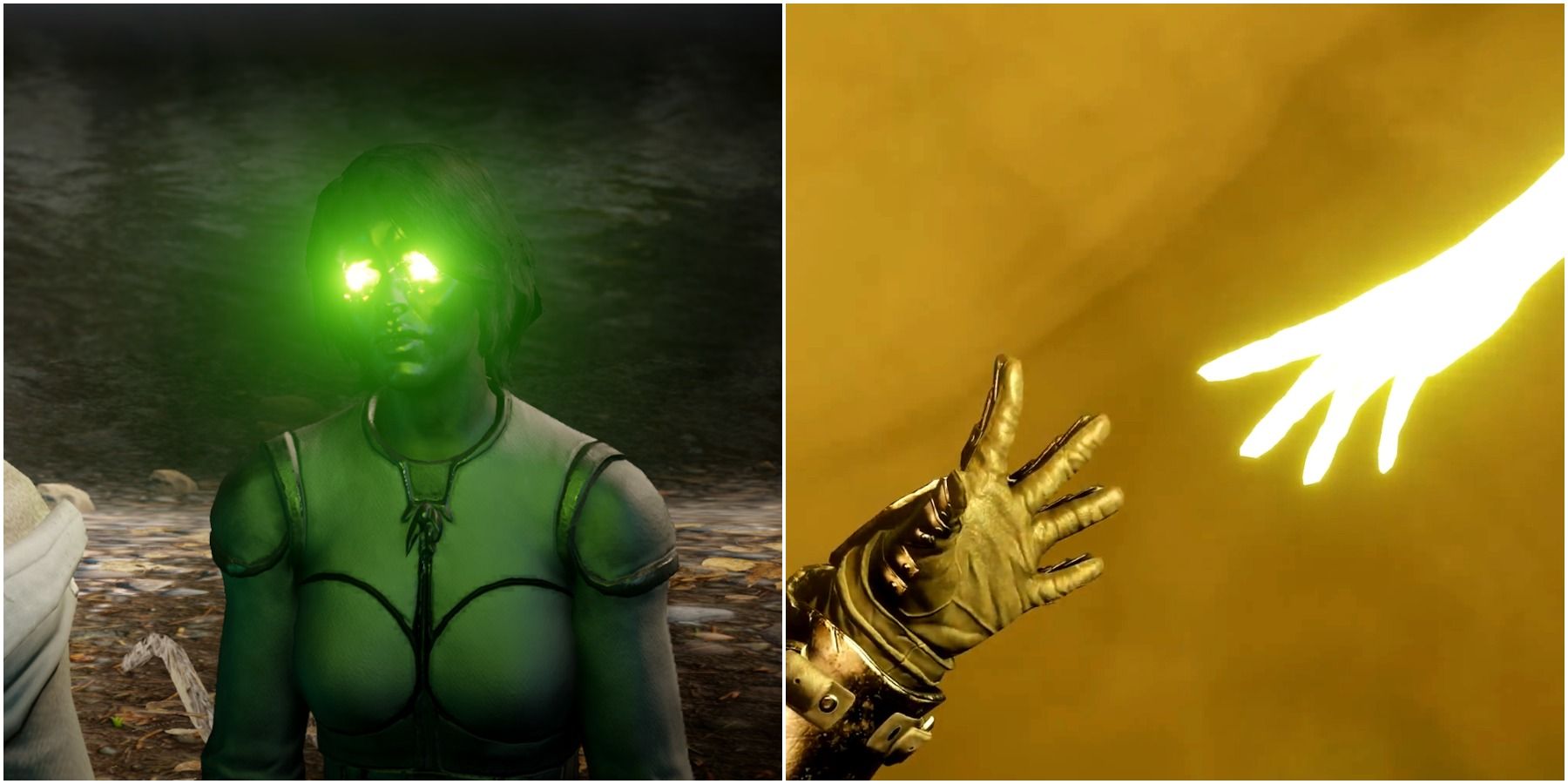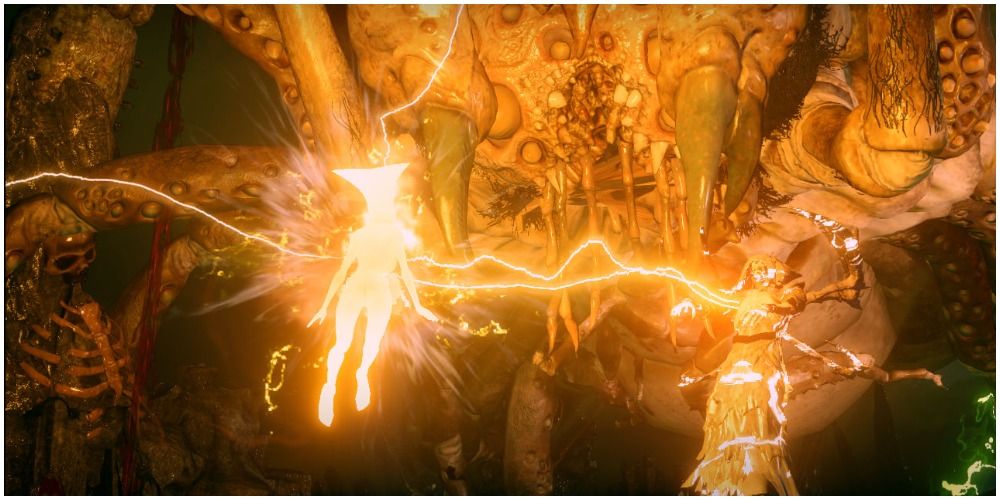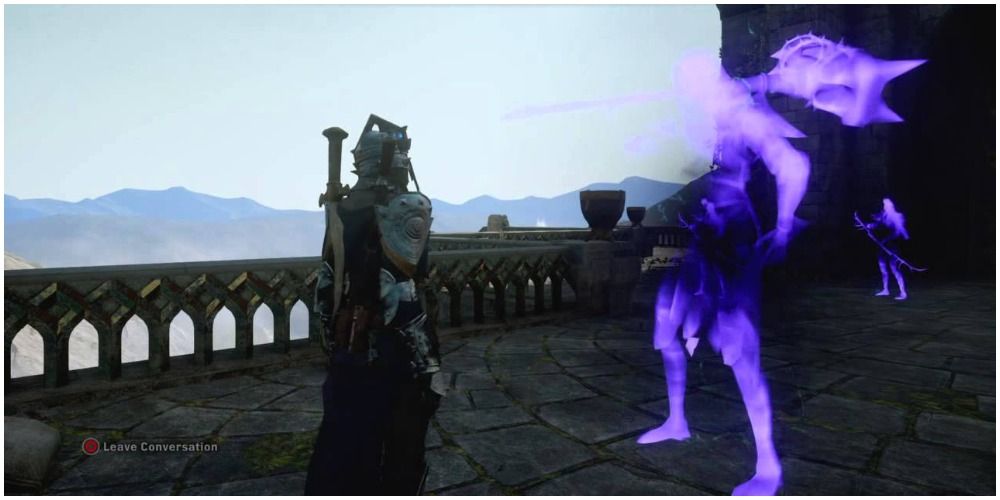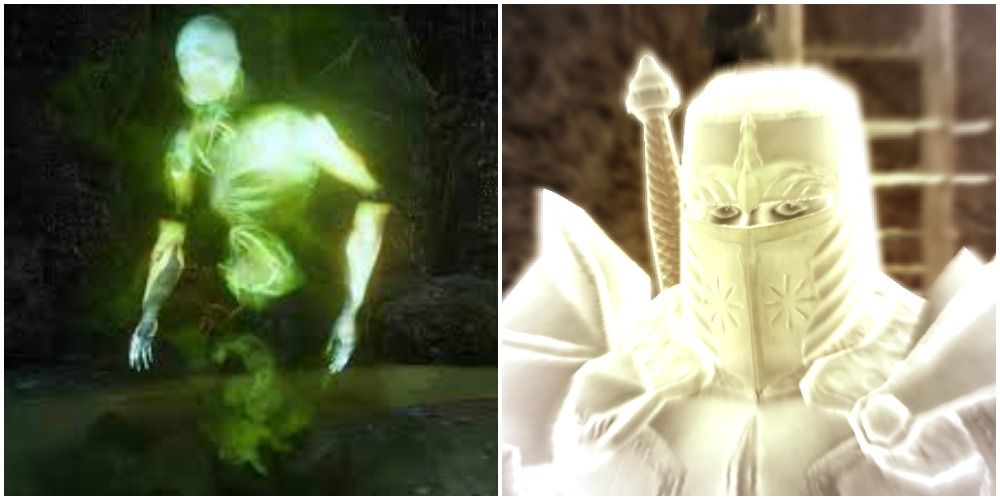In the Dragon Age series, spirits are known as the Maker's first children; beings that live in the Fade. The Chantry believes the Maker abandoned spirits because they had no soul, as they lacked the ability for imagination and could only mimic what they saw. While the truth of spirits' origins is unknown, it is known that they mimic what they see in the physical world.
Spirits have played a large role in the Dragon Age series, from companions like Cole to possible enemies like The Lady of the Forest. There are many types, from benevolent spirits to ghosts and wisps. They are part of what makes the series so compelling and mysterious for many fans.
The Abilities of Dragon Age Spirits
Spirits have many abilities, both in and out of the Fade. Within the Fade, they can disguise themselves as anyone based on a dreamer's memories. Spirits with an especially strong will can take a physical form outside the Fade as well. Such examples include spirits taking the form of those who have died, such as Leliana in Inquisition if she died in Origins or Cole in Inquisition and the book, Asunder.
As exemplified by Cole, spirits can read the minds and emotions of others, and some can be more sensitive to certain thoughts and emotions. Spirits such as Cole can make people forget about them, and spirits can even make themselves forget pieces of information. Due to this self-inflicted amnesia, spirits often do not grow like people and are not capable of complex problem-solving. According to Solas, spirits are easy to fight off in combat due to their lack of imagination and self-inflicted inexperience.
There are spirits that lose their abilities if they stay in the real world too long. Spirits that do not wash away their own memories tend to lose the ability to make others forget about them. While their powers are sacrificed in the process, they do gain more knowledge and understanding of how the world and its people work. As long as a spirit remembers the Fade, some of its powers will remain.
Types of Spirits In Dragon Age
Spirits that embody virtues are known as "benevolent spirits." They typically do not like crossing the Veil, as they see the physical world as a sad place and pity mortals. When people dream, these spirits often give comfort or try to help by giving dreamers specific visions. Widely known types of benevolent spirits include compassion, faith, hope, justice, and valor. Spirits of compassion are known to be weaker while faith and hope are the strongest. While faith and hope are the strongest, those are the rarest to see since little in the physical world ever attracts them.
Demons are the opposite of benevolent spirits. Solas describes demons as spirits that wish to join the living, but that wish has gone wrong. They embody negative emotions such as fear, rage, and envy, known to be jealous of mortals and abuse the minds of dreamers. Given a chance, they will also possess anything dead or weak in will - sometimes even inanimate objects. There are various ways a spirit can become a demon. For example, they can possess a mortal with twisted values, oversimplify a virtue to the point that it's damaging, or gain a hunger for more power. Spirits can also become demons by embodying concepts that are already ambiguous like apathy, or by being denied their original purpose.
Not all spirits seek to embody concepts, which is where the wisps and wraiths come in. They are the weakest spirits, too weak to become good or evil. They are often in barely conceivable forms, just orbs of light to a mortal's perception. Despite being weak, mages often use wisps to distract enemies or perform basic mindless tasks. Wraiths are known to be more aggressive, attacking indiscriminately and eating whatever scraps of mortal dreams they can find in the Fade. Lastly, there are ghosts, which are spirits that hold the memories and personalities of people long dead. The Chantry believes these are not actually spirits, but the ghosts of people who could not go to the Maker after death.
Spirits Beyond Chantry Culture
Spirits play major roles in the cultures of Thedas that are outside of Chantry beliefs. The Dalish avoid any magic that involves spirits, as their culture believes spirits to be dangerous. They believe there is no such thing as a good spirit, rather in a sense they are like dangerous animals, not evil in the same way people can be.
The Avvar are the opposite of the Dalish, seeing spirits as gods they try to interact with as much as possible. In fact, the Avvar may be the culture that interacts most with spirits, stemming from their culture being founded by a woman who was in a loving relationship with a spirit. Avvar use alters and offerings to connect with spirits and the spirits provide the tribes counsel, protect their holds, and help train mages through voluntary possession. Outside the Avvar, hedge witches of Rivain are also known to purposefully get possessed in order to protect their villages.
In Tevinter, spirits are bound to the physical realm and used as servants. Mages that bind these spirits are called "spellbinders" and the spirits they use to bind as servants are wisps, too weak to break the binds. In Nevarra, necromancy rituals are common and corpses are actually offered for spirits to possess, adding to an increasingly complex tapestry of spirits in the Dragon Age franchise.

